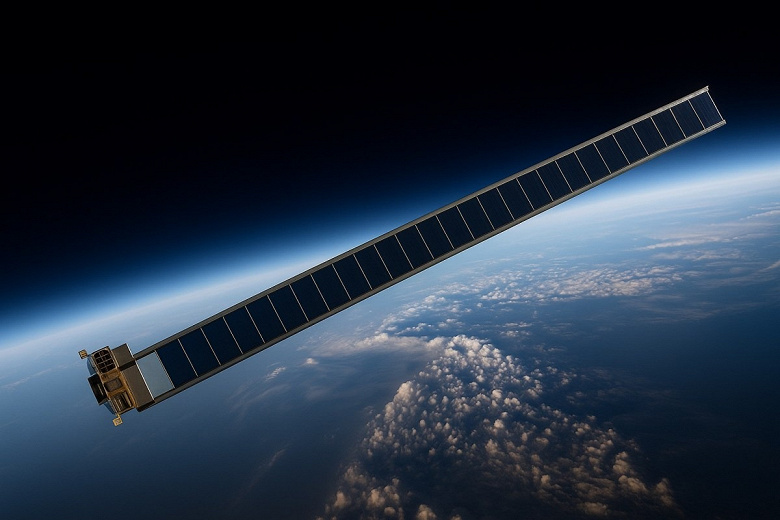The German company Dcubed, specializing in satellite components, plans to master the production of solar panels directly in orbit. The new product line, ARAQYS, will enable the creation of more flexible and cheaper solar panels than traditional counterparts. A key stage will be the ARAQYS-D3 mission, scheduled for launch in the first quarter of 2027 as part of SpaceX’s rideshare program. A rolled-up sheet with solar elements will be delivered to orbit, deployed in space, and printed with a structure that provides rigidity. For the creation of this structure, resin is used, which hardens under the influence of ultraviolet light, allowing for energy savings. As a result, a solar panel with a capacity of 2 kilowatts will be created in space. Printing the solar panel structure in space simplifies the creation of large items compared to production on Earth. Traditional designs with foldable panels are very heavy, require thicker items, and complex deployment mechanisms capable of withstanding launch loads. The main advantage of the new technology is the ability to create designs initially intended for space operation. Such structures do not need joints or retaining mechanisms, so they can be made very thin.

Source: Dcubed
Dcubed plans to use terrestrial solar cells rather than special “space” ones. This will reduce the cost from hundreds of dollars per watt to “double digits,” which is important for new energy-intensive applications, such as space data centers. Terrestrial elements are quite suitable for satellites with a lifespan of about 5 years. Before the launch of ARAQYS-D3, Dcubed will conduct two preliminary missions. ARAQYS-D1 (Dcubed-1) is a 3U cubesat that will demonstrate the production of a 60-centimeter part in space. ARAQYS-D2 will test printing a one-meter solar panel as a payload on Exotrail’s French Spacevan. Both launches are planned for early 2026 in separate SpaceX launches.
With the advancement of orbital solar technology, the satellite industry could see a significant reduction in costs, potentially leading to more affordable and efficient space missions. This development not only aligns with the growing trend of space commercialization but also opens new frontiers for energy sustainability in space exploration.








